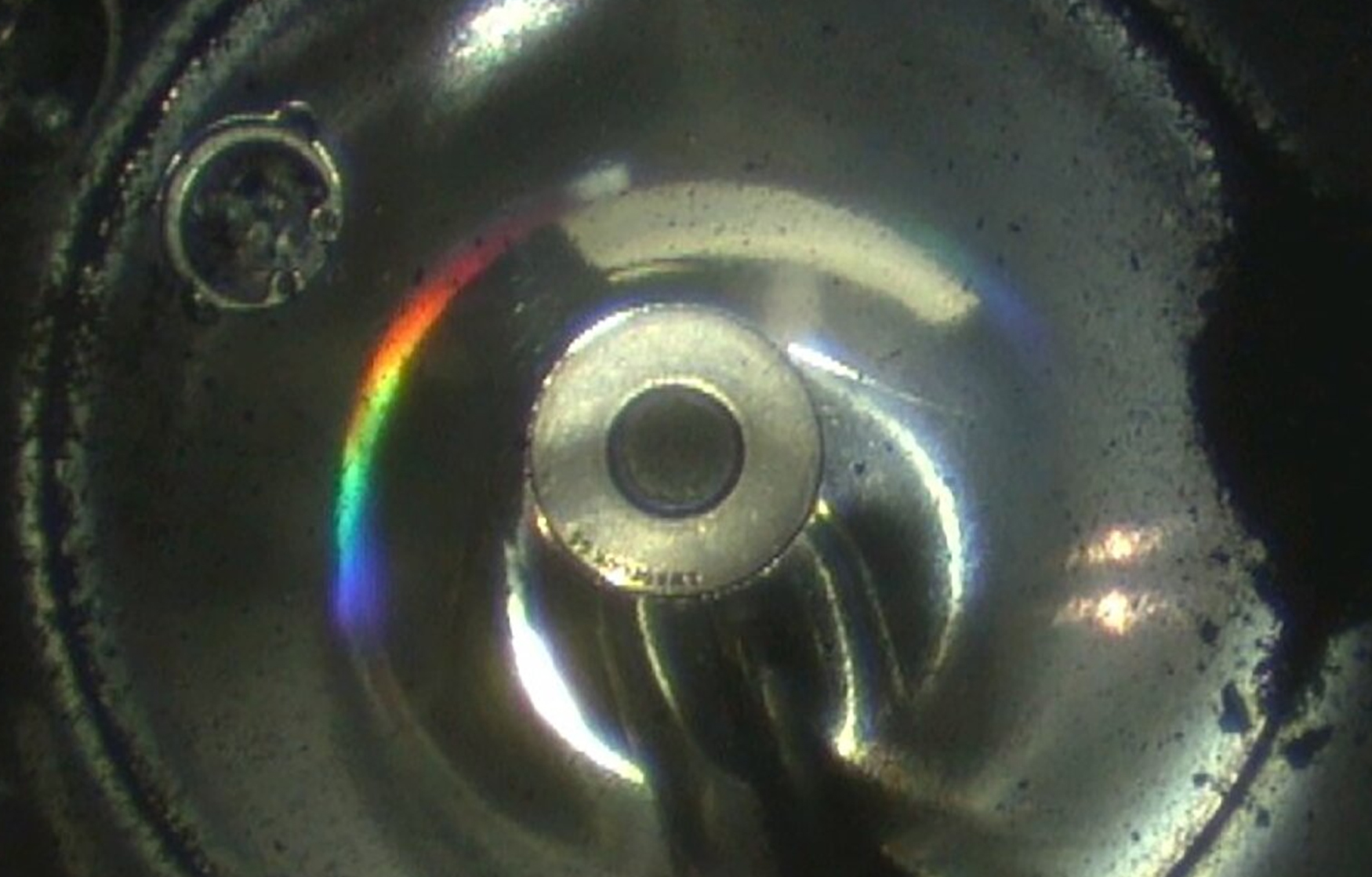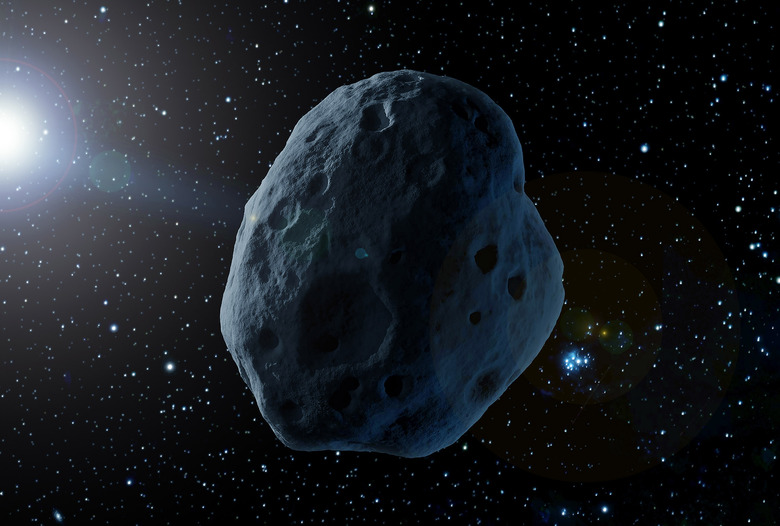Scientists Find 'Seeds Of Life' In Samples From Asteroid Ryugu
Samples taken from the asteroid Ryugu contain traces of comet particles, which some researchers say could be the "seeds of life." The samples were originally collected from Ryugu by Japan's Hayabusa2 mission, which returned to Earth in 2020. Since then, scientists have been analyzing the samples to learn more about what the asteroid is made of.
And, because asteroids are basically leftovers from the formations of our solar system, these samples can teach us a lot about the conditions of our solar system in its earliest days. One particular area that scientists are interested in is determining how organic molecules were delivered through the early days of the solar system.
The hope is that this can teach us more about where and how life emerged and perhaps even teach us about the origins of life on Earth. A recent study on the samples has showcased evidence of micrometeoroid impacts, which left patches of melted minerals and glass behind.

The micrometeoroids that caused the impacts are believed to have possibly left behind primitive organic matter, which could help us find the "seeds of life," as the researchers refer to it. And since Ryugu doesn't have an atmosphere of any kind, there isn't anything to cause weathering or erosion, so these impacts should act as mini snapshots into the early days of the solar system.
What's more intriguing, though, is that these impacts seem to suggest they happened while Ryugu was in a near-Earth orbit. This could provide more details about our planet's earliest days, including a mixture of Ryugu's hydrous silicates and cometary dust. Small voids found in the material could have been caused by the release of water vapor, which was captured in the melted pieces found in the samples.
It's an intriguing find, and if this water vapor can showcase the seeds of life, it may very well blow open our understanding of the solar system's earliest days. Or, the research could point us in other directions. At this point, it's hard to say for sure.
